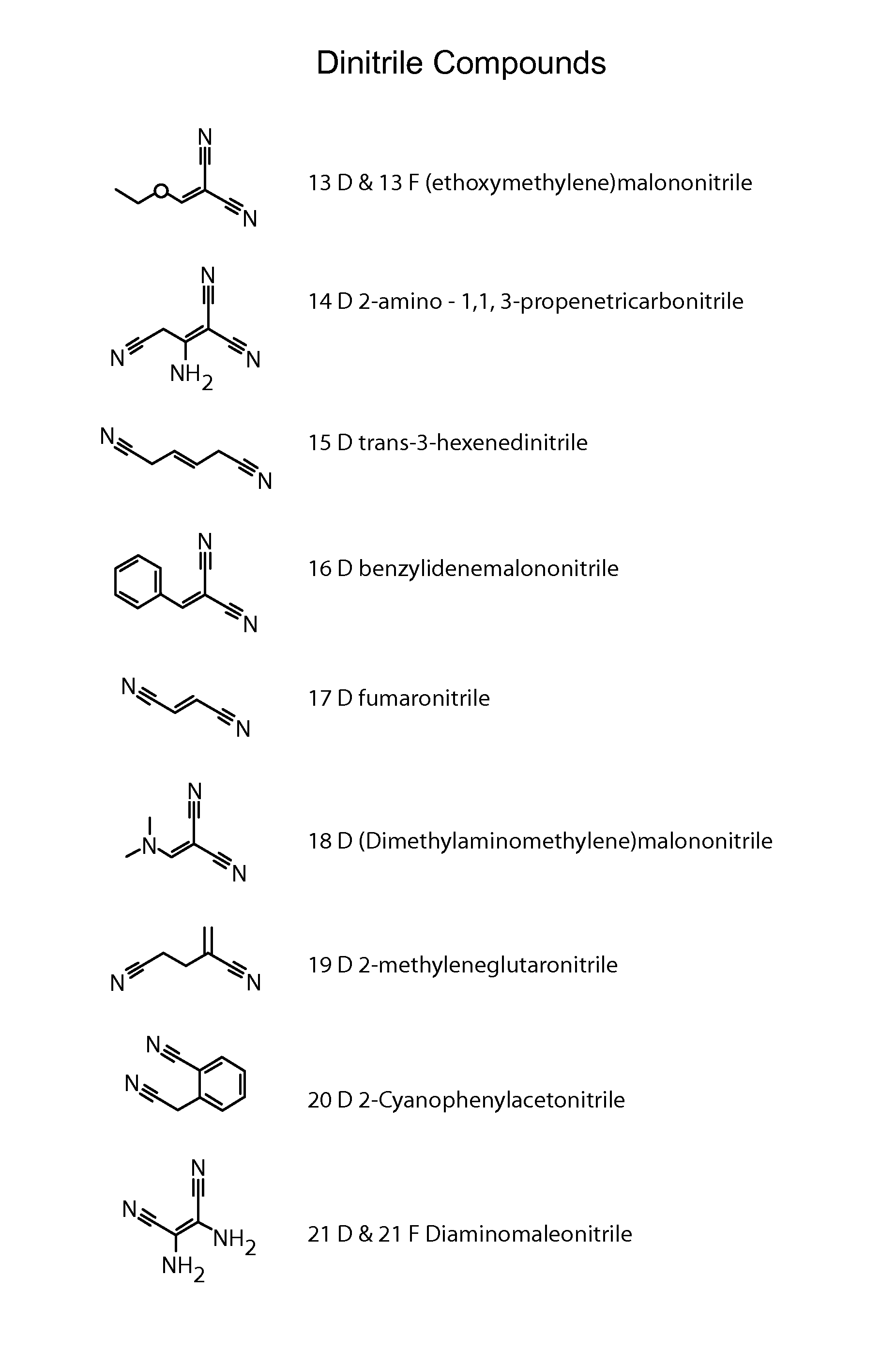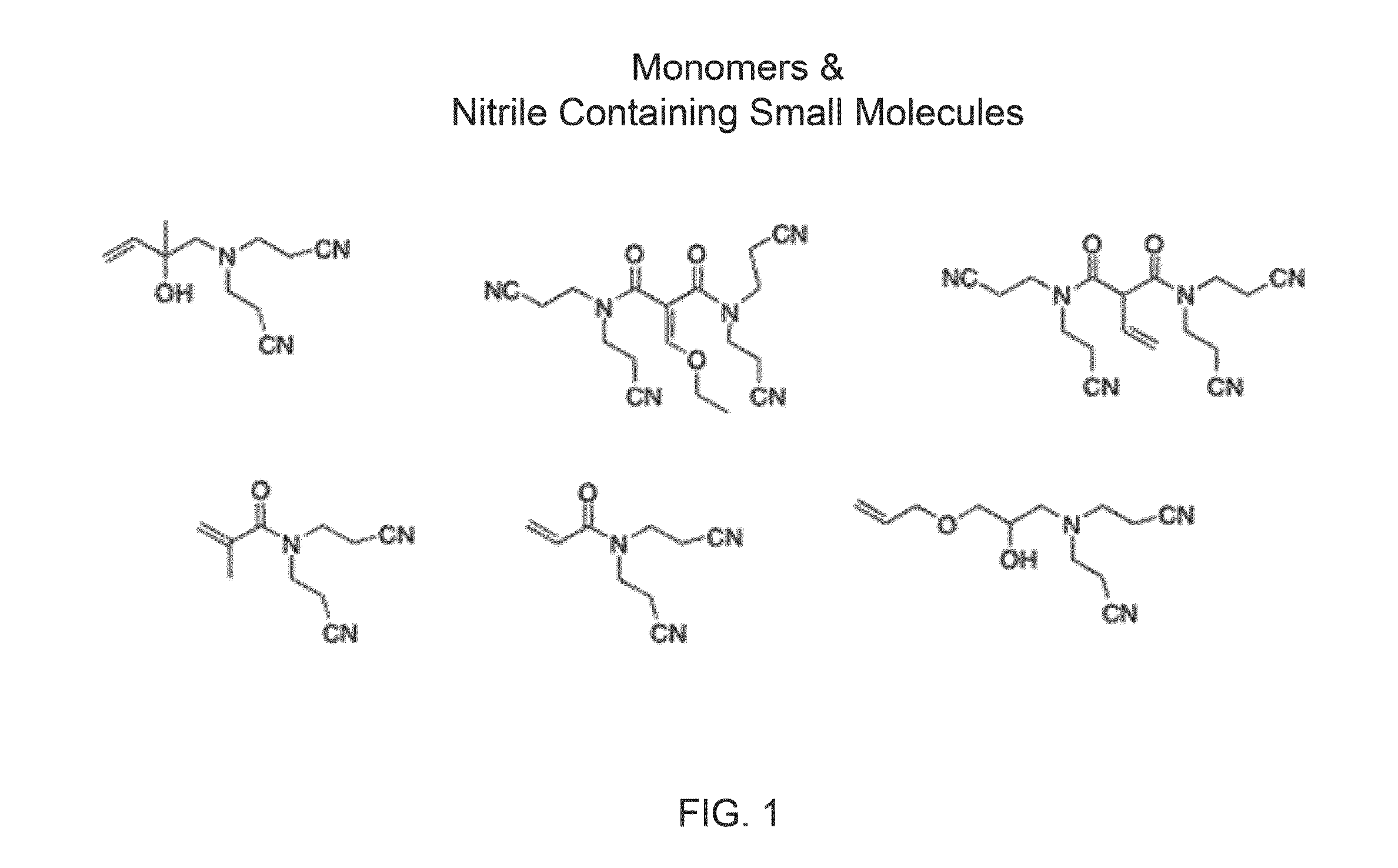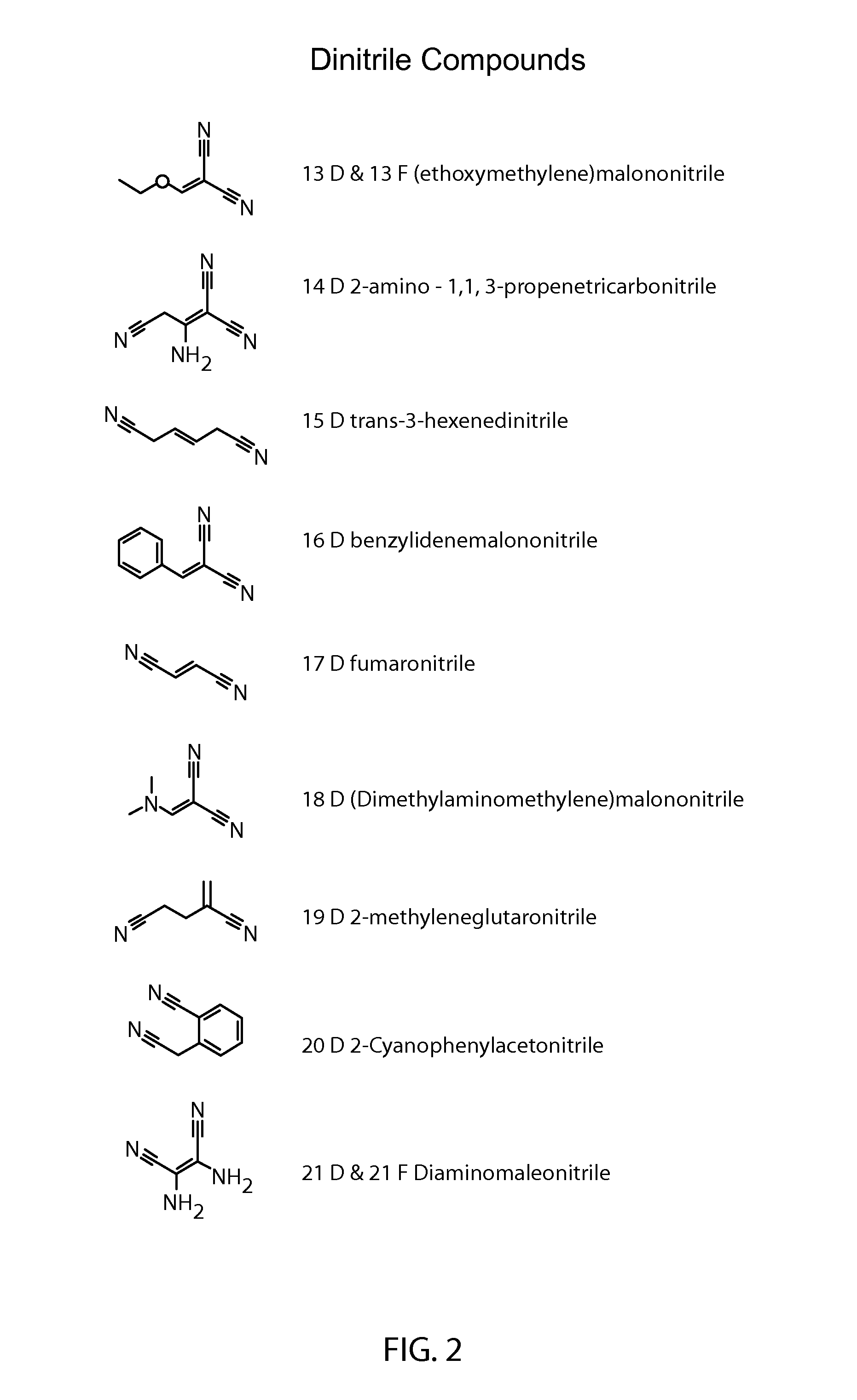Fiber-based adsorbents having high adsorption capacities for recovering dissolved metals and methods thereof
a technology of adsorbents and fibers, which is applied in the field of fiber-based adsorbents, can solve the problems of adsorption capacity, mechanical strength of these materials being deemed too low for practical use, and the approach was abandoned, so as to improve the adsorption of dissolved metals and increase the surface area
- Summary
- Abstract
- Description
- Claims
- Application Information
AI Technical Summary
Benefits of technology
Problems solved by technology
Method used
Image
Examples
example
[0065]A. Preparation of High Surface Area Fibers
[0066]Fiber-based adsorbents for the recovery of uranium from aqueous solutions were formed using the below high surface area fibers available from Hills, Inc.:
Approxi-mate fiberFiber1st2ndFiber #diametershapepolymerpolymerRatioTR-714F-2 1 micronRound; 330Dow 6850620260 / 40(#7)islands-in-LLDPED PLAthe-seaIslandsSeaTR-714A-9 5 micronsRound; 37Dow620255 / 45(#1)islands-in-61800D PLAthe-seaLLDPESeaIslandsTR-714A-512 micronsRound;6202Dow50 / 50(#3)Sheath / CoreD PLA61800(Sheath)LLDPE(Core)TR-714E-114 micronsBritish flagDow620250 / 50(#2)or flower6850AD PLAshapeLLDPETR-714F-130 micronsHollow gearDow 6850620240 / 60(#8)(tooth-to-LLDPED PLAtooth; 12-17(core)(sheath)micronshollow size)TR-714F-118 micronsSolid gear6202Dow 685060 / 40(#11)(tooth-to-(quasi-D PLALLDPEtooth)trilobal)(Sheath)(core)TR-714F-217 micronsSolid gear6202Dow 685060 / 40(#12)(tooth-to-(circular)D PLA(Core)tooth)(Sheath),
[0067]Prior to irradiation, each of the above fiber types were cut int...
PUM
| Property | Measurement | Unit |
|---|---|---|
| mean diameter | aaaaa | aaaaa |
| mean diameter | aaaaa | aaaaa |
| mean diameter | aaaaa | aaaaa |
Abstract
Description
Claims
Application Information
 Login to View More
Login to View More - R&D
- Intellectual Property
- Life Sciences
- Materials
- Tech Scout
- Unparalleled Data Quality
- Higher Quality Content
- 60% Fewer Hallucinations
Browse by: Latest US Patents, China's latest patents, Technical Efficacy Thesaurus, Application Domain, Technology Topic, Popular Technical Reports.
© 2025 PatSnap. All rights reserved.Legal|Privacy policy|Modern Slavery Act Transparency Statement|Sitemap|About US| Contact US: help@patsnap.com



